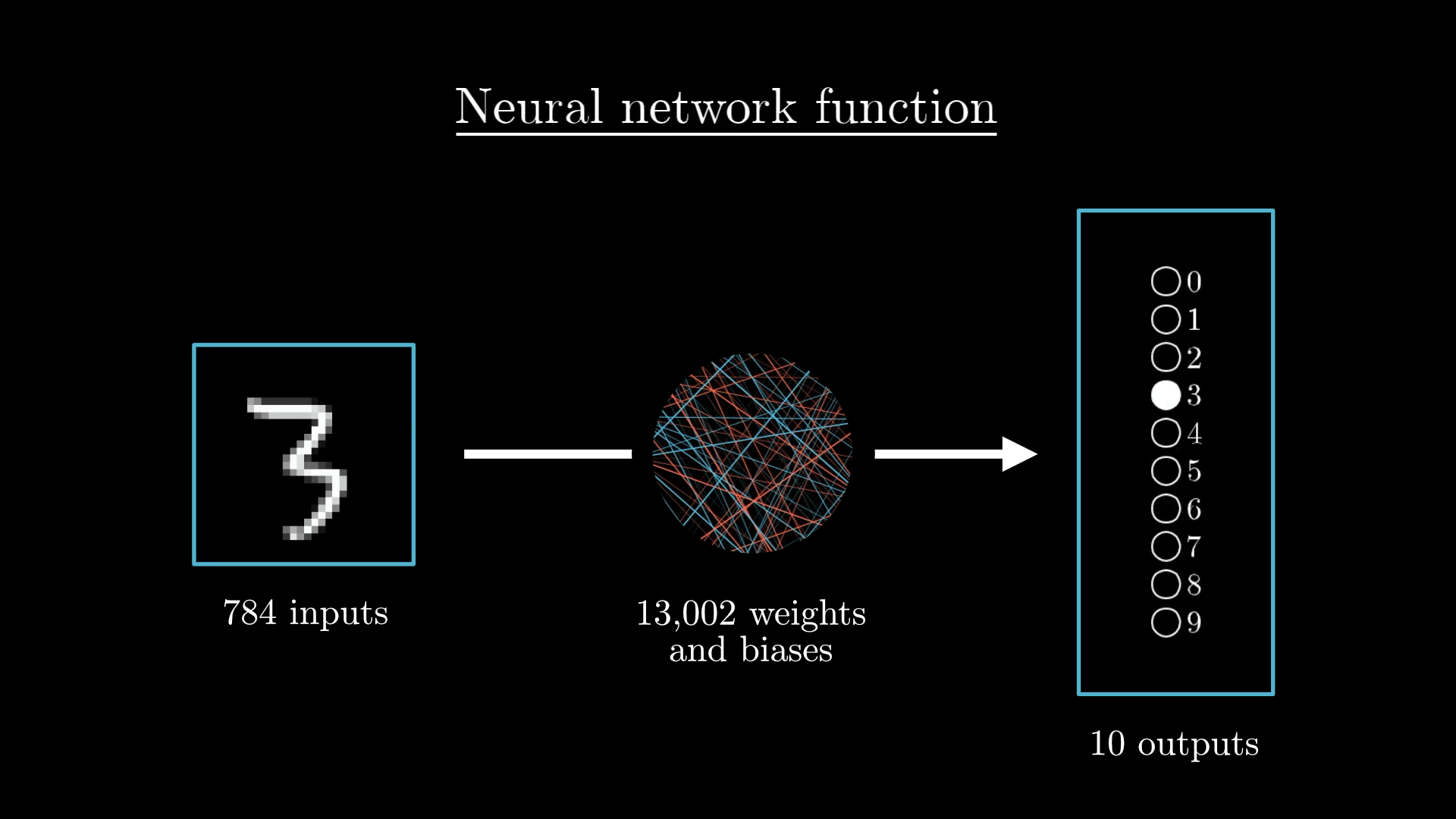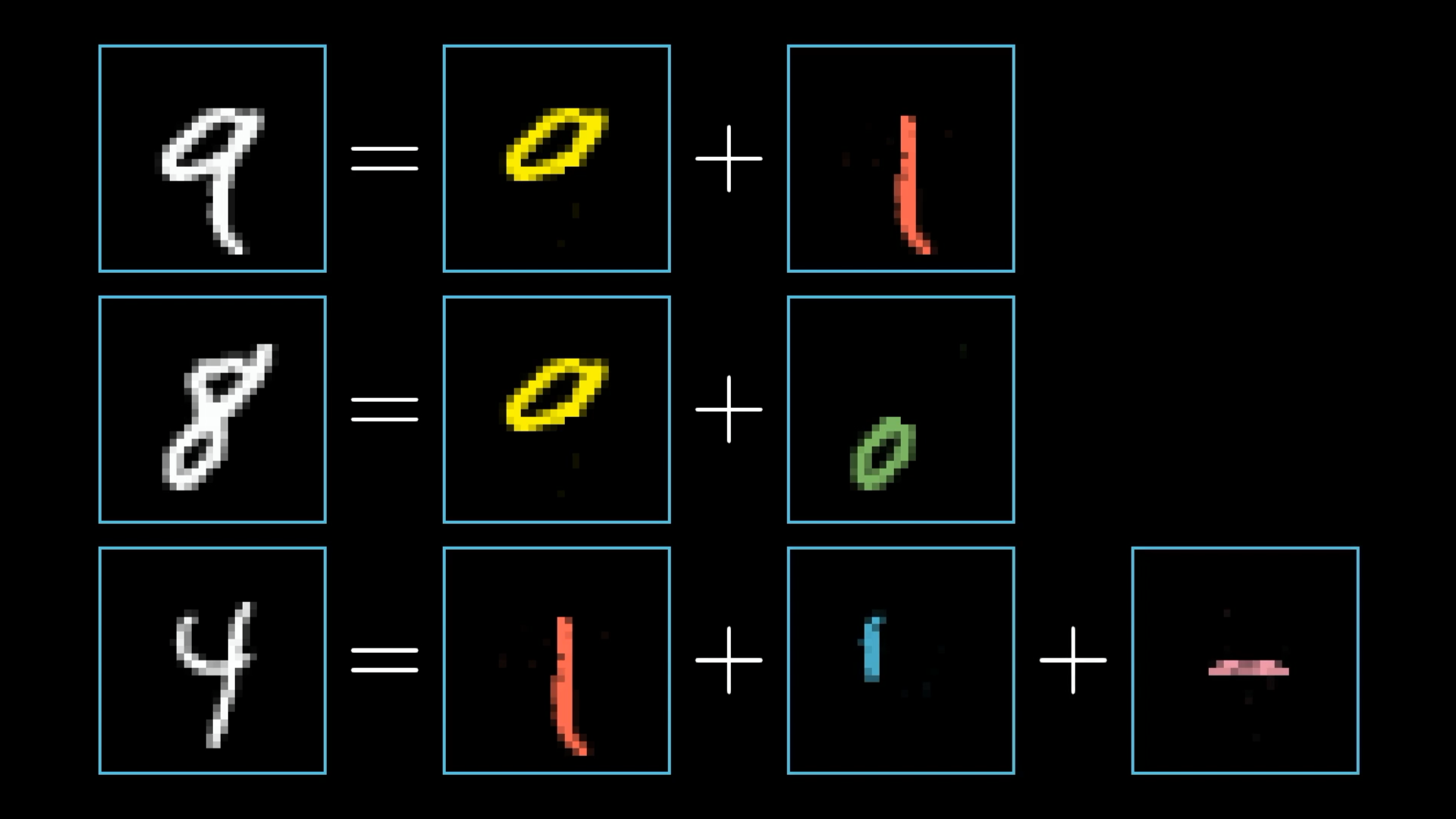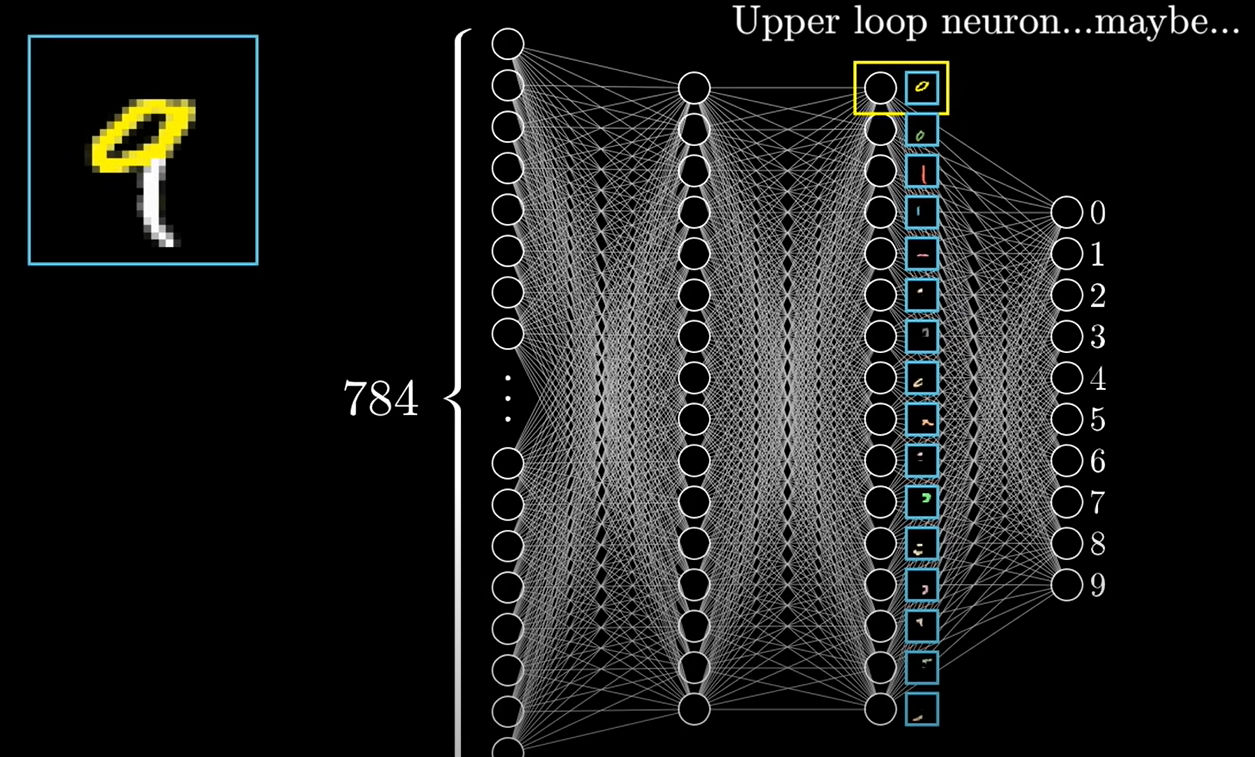 Logistic Regression
Logistic Regression
- we transformed the linear combination
- in ANN we call this function activation

- in the brain neurons only fire, if the activation
of the input neurons pass a certain threshold
Activation Function
- in ANN this behavior is modeled using different functions
 Perceptron
Perceptron
an artificial neuron using a step function as the activation function
- linear classifier
- not very powerful
 Multi-layer Perceptron
Multi-layer Perceptron
- each green and red dot is a perceptron (think neuron)
- each connection is associated with a weight (
- Input Layer: placeholder for the input values (
- Output Layer: perceptron for the predicted variable
- Hidden Layers: more interconnected perceptrons (manny layers = deep learning)
https://machinelearninggeek.com/multi-layer-perceptron-neural-network-using-python/
More detailed view

- the activation of each neuron depends on the activation of the neurons that come before (feed-forward network)
https://www.stateoftheart.ai/concepts/f83ec537-a447-4727-b1ff-e6dff4363c14
 Hyper-Parameters for MLPs
Hyper-Parameters for MLPs
- Architecture of the Network
- Choice of activation functions
- Number of hidden layers
- Number of nodes in hidden layers
- Connectedness of hidden layers (dropout)
- In- and Outputs
- Feature selection
- Representation oft the In- and Outputs (Encoding, Scaling, etc.)
- Hyper-Parameters
- Training algorithm
- Learning rate
Example
- 10 nodes in the output-layer (one for each class)
- two hidden layers, fully connected
- activation function in the output-layer should represent the probability of the class
- What are the features in the input layer?
https://www.3blue1brown.com/lessons/neural-networks
![]()
- grey-scale values of
- normalized
https://www.3blue1brown.com/lessons/neural-networks
- Pixel values in 8-Bit grey-scale
- Normalized pixel values between 0 and 1
- Flattened input vector and notation for input layer
What is the meaning of the output layer?

- Depending on the activation function of the output layer
- a vector with values between 0 and 1, that indicate the class
- Output layer shows high confidence in the
Neural Networks as a Back Box

- What happens in the hidden layers?
- this is hard to say for humans as the hundreds of weights are hard to interpret
- as a model, the problem is deconstructed in subproblems

- something like this happens in deeper, more complicated networks
- even simple networks, as in this example are not interpretable for humans

- given the following input layer
- the first hidden layer has two nodes
- write out the matrix multiplication to get
the values - assume all weights to be 1
Hint: if You are not sure about the dimensions of the matrix, start by sketching the network first
 Training ANNs
Training ANNs

- If the have the results of the prediction (
- and calculate a cost function
 Cost function
Cost function
- the first thing that is new, is that we now have a vector of
multiple predictions - we can still calculate a singe cost value (scalar)
e.g. by summing up all squared errors - for a single observation
the error we make depends on the data (- for the single observation
- We can apply gradient descent again
Backpropagation
- However, we have a large network
- so we would have to calculate the partial derivative for a
- very complicated function
- the solution: Start at the end and adjust the weight layer by layer

Great video: https://www.youtube.com/watch?v=Ilg3gGewQ5U
 MLP in practical application
MLP in practical application
- an MLP with a single hidden layer can approximate almost any given function
- A MLP with a few layers is similar in perfomance to a tree-based model
- by the large number of hyper parameters
- and weight they can be hard to train
- learning curves are important
 ANN with sklearn
ANN with sklearn
clf = MLPClassifier(hidden_layer_size = [30,30], # two hidden layers with 30 nodes each
activation ="logistic" ,
solver = "sgd", # stochastic gradient descent
learning_rate = 0.1,
max_iter=300).fit(X_train, y_train)
ANN with keras and tesorflow
# define the keras model
model = Sequential()
model.add(Dense(12, input_shape=(8,), activation='relu'))
model.add(Dense(8, activation='relu'))
model.add(Dense(1, activation='sigmoid'))
model.compile(loss='binary_crossentropy', optimizer='adam', metrics=['accuracy'])
Deep Learning
- Modern Architectures have hundreds of specialized layers
- Convolutional neural networks - images
- Long short-term memory networks - speech, games
- Transformers - chat-bots, translation
- Generative Adversarial Networks for unsupervised learning
Deep Learning in practical application
- Framework like
fastaimake it easy to use pre-trained model without dealing with the details (tensorflow,pytorch,keras) - Training large model on high resolution data is expensive and works more efficient with GPUs (graphical processing units) and specialized drivers